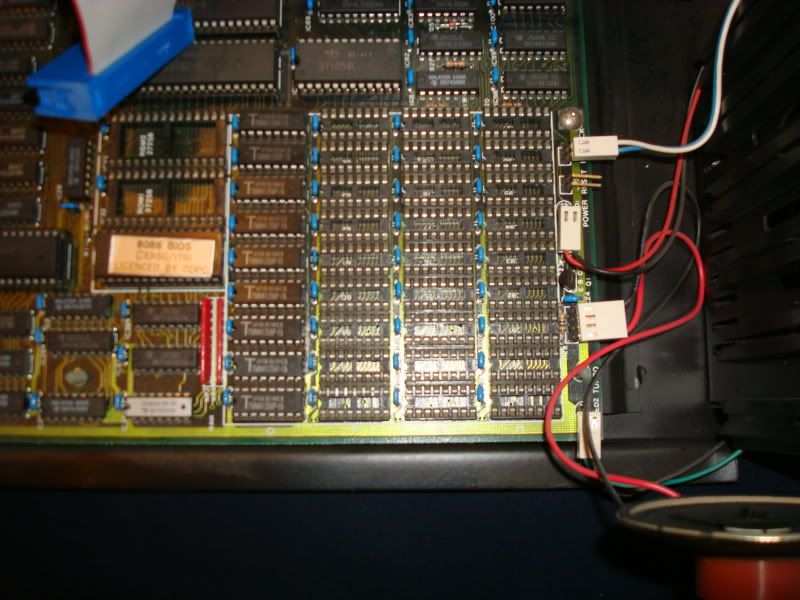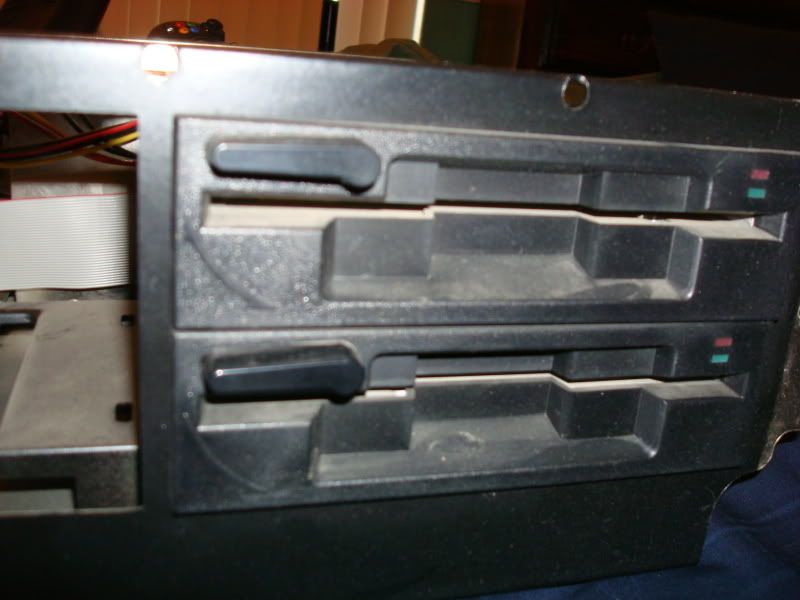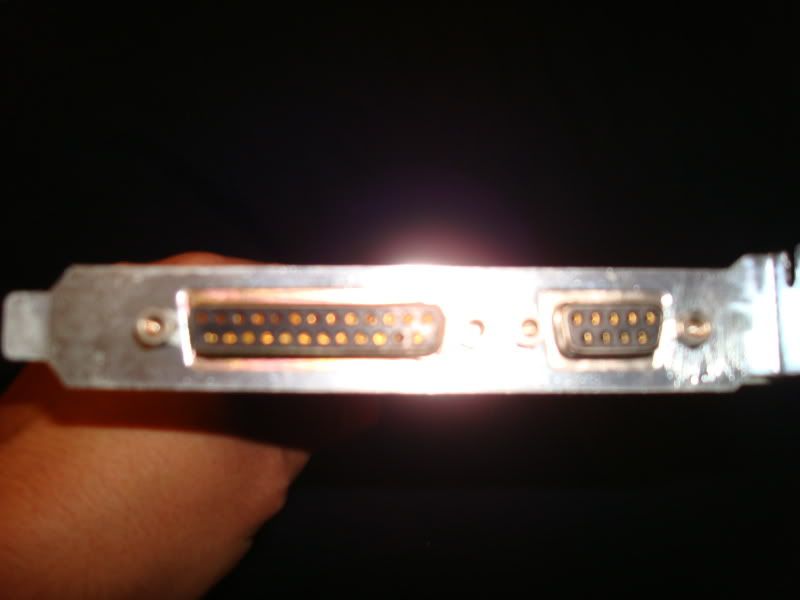so i have this computer laying around my grandfathers house and he does not remember where it came from so i was wondering if someone could help me out. on one of the chips on the mainboard it says 8088 bios licenced by cdpc, on the back panel it has a few different things. os a lable that says "A0003222" another nable say fccid. and it is "E8F5IMPCII" and under that it say "wugo". on the front of the case there is ieds for power on turbo and h/disk









video card















video card






